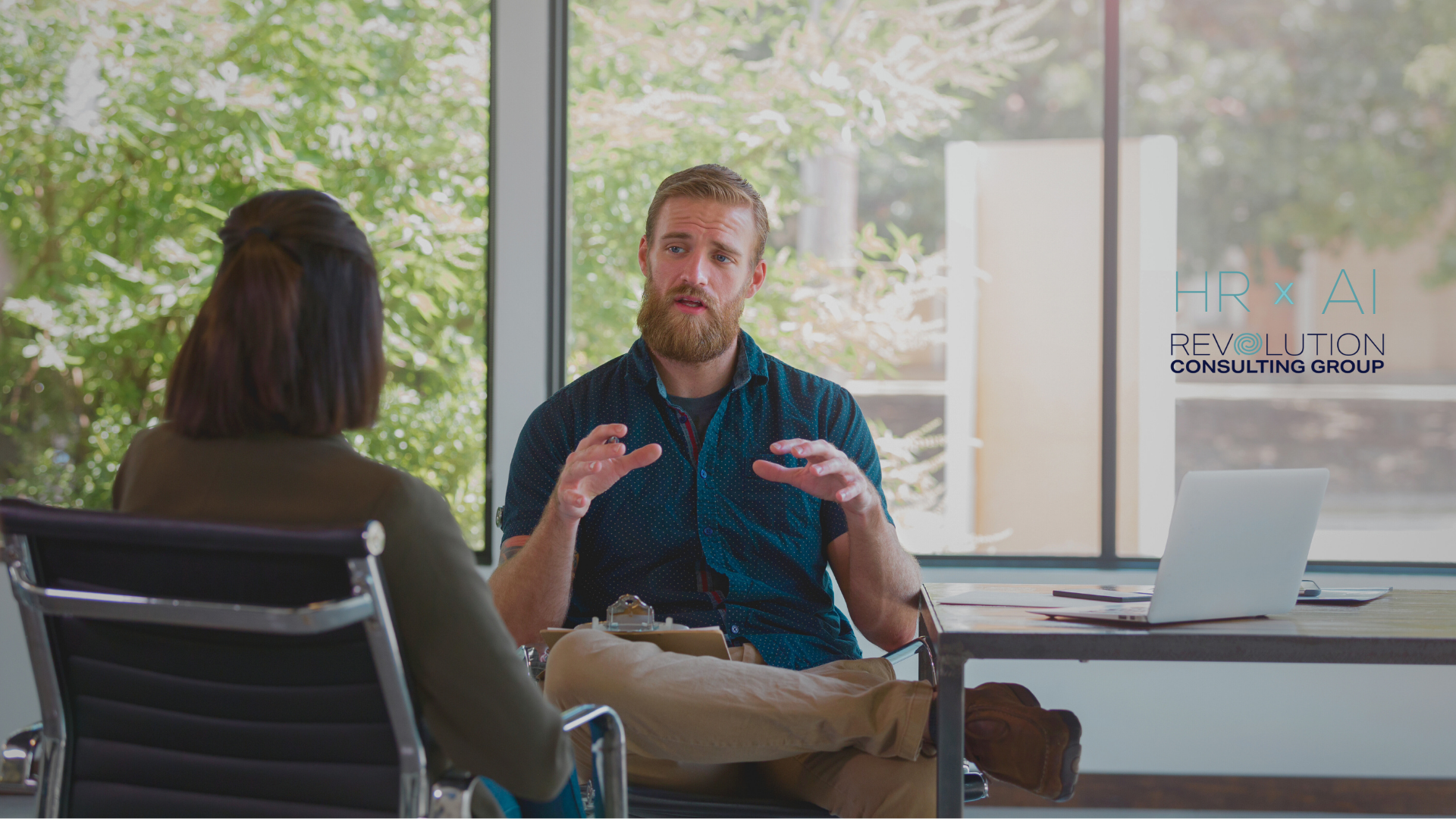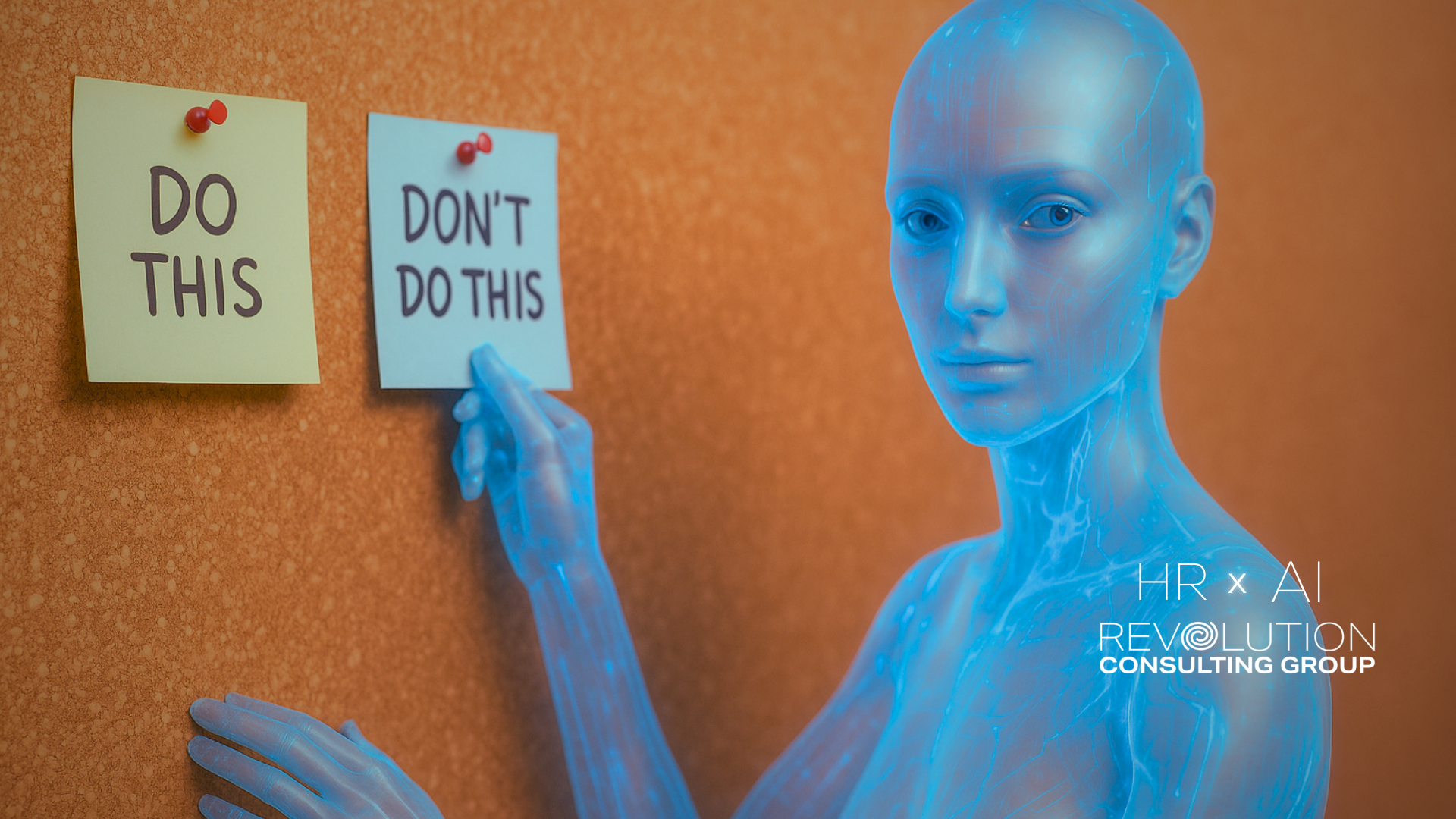Bad Advice Could Kill Your Business: Why Payroll, HR, and Finance Must Stay in Their Lane
Introduction
Small and medium enterprises (SMEs) can’t afford to make mistakes when it comes to payroll, awards, and employee entitlements. Yet, many businesses come to us after receiving poor advice from well-meaning accountants, underqualified payroll consultants, other business owners, friends, or managers who have overstepped their expertise. Sometimes businesses even perpetuate the potential issues by appointing someone in the business in these critical roles who don’t have any skills or experience in these areas, but have the duties allocated to them on top of their normal day jobs (e.g. receptionists, admin staff, managers and the business owner themselves). The result? Underpayments, legal liabilities, back pay, and a fractured workplace culture.
Let’s talk about why the critical partnership between HR, payroll, and finance needs clear boundaries and how getting it wrong could cost you big time.
Real-World Examples of Bad Advice You Can’t Afford
Here are just a few real-world examples of how bad advice can lead to costly consequences:
- Misleading Leave Agreement: An accountant advised a client that they could avoid paying permanent staff leave entitlements if both parties agreed in writing. This advice was illegal—paid leave entitlements cannot be waived by agreement.
- Workers’ Compensation Misconception: An accountant told a company that employees couldn’t claim workers' compensation if they were misbehaving, not following processes, or had a pre-existing injury. This is completely incorrect—workers' compensation is a no-fault system. Claims must still be lodged, and if an employer questions the validity of a claim, it can be addressed through icare.
- Incorrect Award Classification: A compliance expert advised a business owner to put all staff on a Grade 1 rate, regardless of experience or qualifications, and ignore allowances. This resulted in years of underpayments and a hefty back-pay bill.
- Overtime and Penalties Assumption: A manager believed that paying above Award rates meant they could skip overtime rates and weekend penalties. However, because these specifics weren’t in contracts, employees were underpaid, causing deep trust issues and significant financial exposure.
The Ripple Effect: How Payroll Errors Impact More Than Wages
Payroll errors go far beyond short changing an employee’s pay check. They can trigger:
- Superannuation and Tax Complications: Incorrect pay means incorrect super contributions and tax withholdings, which may lead to audits, fines, and employees having to re-file tax returns.
- Workplace Culture Damage: Once employees discover they’ve been underpaid, trust in leadership quickly evaporates. This affects morale, engagement, and turnover.
- Financial Stress: Correcting payroll errors after the fact is costly and time-consuming, especially for SMEs that lack the resources to efficiently manage backdated corrections.
Why Collaboration Is Key (But Boundaries Matter)
HR, payroll, and finance need to work together to ensure compliance, but they also need to stay in their lanes. Here’s why:
- Payroll handles execution: ensuring employees are paid accurately and on time, while also helping modernise payroll practices with intuitive online timesheet systems that streamline the process and reduce errors caused by manual data entry and outdated systems. Payroll or specialist bookkeepers often manage day-to-day tasks such as ensuring taxes are correctly withheld and paid. Outsourcing to payroll or bookkeeping experts can help SMEs avoid tax errors and ensure seamless compliance with financial regulations.
- HR ensures compliance: understanding the laws and regulations that govern employee entitlements, awards, and contracts. HR advises on what to pay your teams and how to structure and manage working arrangements to meet your business’s resourcing budget and operational needs.
- Finance monitors budgets: overseeing cash flow, forecasting, and ensuring the company’s financial resources are allocated efficiently. They help manage salary budgets, ensure payroll funds are available, and track employee costs to keep the business profitable.
While each department has its role, all three should consult regularly to ensure they are working together strategically, aligning their efforts to make sure the business operates smoothly and stays compliant.
The Unicorn: Finding an Outsourced Team that Works Together
Outsourcing to specialists—whether it’s an accountant, bookkeeper, or HR consultant—can save businesses time, money, and stress. But finding a team of external experts who not only understand their individual roles but also know how to work together like a well-oiled machine is rare. It’s like finding a unicorn in the business world.
When bookkeepers, accountants, and HR professionals collaborate seamlessly, businesses benefit from a streamlined operation where payroll is accurate, taxes are handled correctly, and employees receive the correct entitlements without surprises. Unfortunately, too often, businesses find themselves trying to untangle the mess left behind by poorly aligned advice..
Why Outsourcing Could Be the Smartest Move for Your SME
Many SMEs don’t have the internal resources to handle payroll, tax compliance, and HR complexity. Outsourcing to specialists not only brings expertise but also mitigates the risk of costly errors. It’s not just about payroll and compliance; it’s about protecting your business and employees in the long run.
Here’s why outsourcing is a no-brainer:
- Expertise: HR and payroll specialists understand legislation and compliance better than anyone. They know the ins and outs of awards, tax obligations, and entitlements.
- Efficiency: Outsourcing reduces the administrative burden on your team, allowing them to focus on their core responsibilities instead of being overwhelmed by payroll and compliance issues.
- Peace of Mind: With external specialists handling your payroll and HR compliance, you can rest easy knowing that you’re protected from underpayment risks, back-pay nightmares, and tax-related errors.
Final Thoughts
The stakes are simply too high for businesses to get HR, payroll, and financial compliance wrong. Luckily, I work with a team that’s the unicorn of outsourced specialists—experts who collaborate seamlessly across HR, payroll, and finance to ensure your business stays compliant and your employees stay happy. At Revolution Consulting Group, we’ve partnered with a top-tier team of accountants and bookkeepers to enhance small businesses, helping you avoid common pitfalls and stay ahead. With the right team in place, you can avoid these challenges, protect your business, and create a more engaged, trusting workplace.
Need more help?
Worried about your compliance or payroll accuracy? Reach out today for a consultation, and we’ll help you stay on track with expert advice tailored to your business.
- Click here to book a FREE 30 minute consultation to discuss your HR/WHS challenges.
- Click here to book a Business Health Check to review your policies, procedures and frameworks.
- Click here
to join our mailing list to get more tips, advice and updates on all things HR, WHS and Leadership.







READY TO GET THINGS DONE?
Revolution Consulting Group is your Dedicated HR Partner




